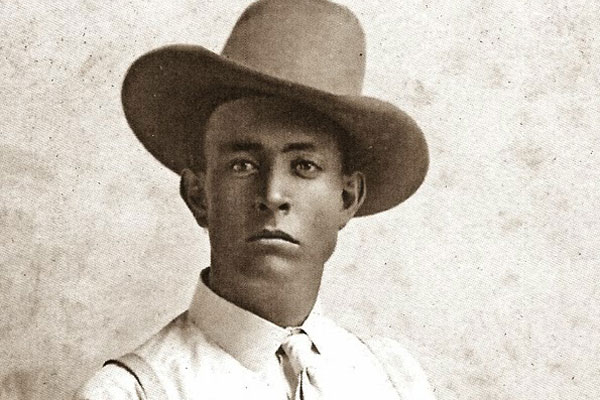
Rescuing a horse from slaughter gives you a special feeling. The horses say it best in their thanks to us, but it goes far beyond each rescued foal or mare. Each of them touches many people along their rescue journey. We see the transporters, volunteers, foster families, donors and eventual adopters are all uplifted as a horse comes into their lives.
My most important site check for our rescued horses was at Centerline Stables in Ossining, New York, which is heaven for horses—it’s like a spa for super stars. They have a nutritionist, animal communicators, intuitive trainers, and everyone there is a kind soul.
Toby was the first horse I rescued, and he crossed the border from Canada on the morning of September 11, 2001. I was worried for Toby’s safety on that fateful day, but the transporter called and said they made it into the U.S. just before the border was sealed. Over the next months of uncertainty and grief, working with Toby kept me sane. He needed me as much as I needed him, and so I personally discovered how “rescues rescue us.”
One of our special volunteers, Erin Shaughnessy, was 11 years old when she nominated me for the American Red Cross Hero’s Award. That award is really a reflection of the work of many people that I have the honor of witnessing. I see every day that it takes a village of people, working together, to save each horse. That is one reason that we follow each adoption, to ensure that those efforts and the well-being of each noble equine is upheld.
Actor Richard Gere helped us present our first Equine Angel awards in Greenwich, Connecticut. That event raised enough support to rescue 500 foals.
Unfortunately, for women and horses, Premarin is still being made and used. The drug Aprela is in phase three trials by the FDA and may be permitted by the middle of this year. It is a Premarin-based drug that we don’t believe should be used. Please form your own educated opinion before using or recommending it.
My documentary mentor, Albert Maysles, still, at 86, has a child-like curiosity about relationships and topics of interest. He keeps telling me that surveys show that horses top the list of the most favored subjects to view.
Raising my two daughters, Cait and Ali, taught me many things about how to deal with horses. I learned to pick my battles and prioritize which issues to worry about. I learned how to give and take in the relationship. I certainly learned patience, and I learned how to teach.
We already know that horses can paint (and you can see for yourself at foalrescue.com). My goal is to show another talent that rescued horses have: acting. With the support of the Appaloosa Horse Club, among others, I hope to coproduce two films, in the style of Fistful of Dollars, which is my favorite Western film.
Many people would be surprised to know that horses have gratitude. They often come up to their caregivers and express it in physical ways like licking or rubbing, but there is a deeper level that we sense through a soulful connection. It is hard for me to put into words, but profound when experienced.
Frank Weller, Founder of E.A.R.S.
As founder of E.A.R.S., the Equine Angels Rescue Sanctuary, based in New Milford, Connecticut, Frank Weller has led his volunteers in rescuing more than 250 Premarin horses from Canada since the charity formed in 2003. These foals are usually slaughtered, as they are seen as by-products of mares bred to create human hormone replacement therapy medications by Wyeth Pharmaceuticals for nearly 70 years. True West honored Frank for his work as a horse advocate in this year’s Best of the West Source Book.






